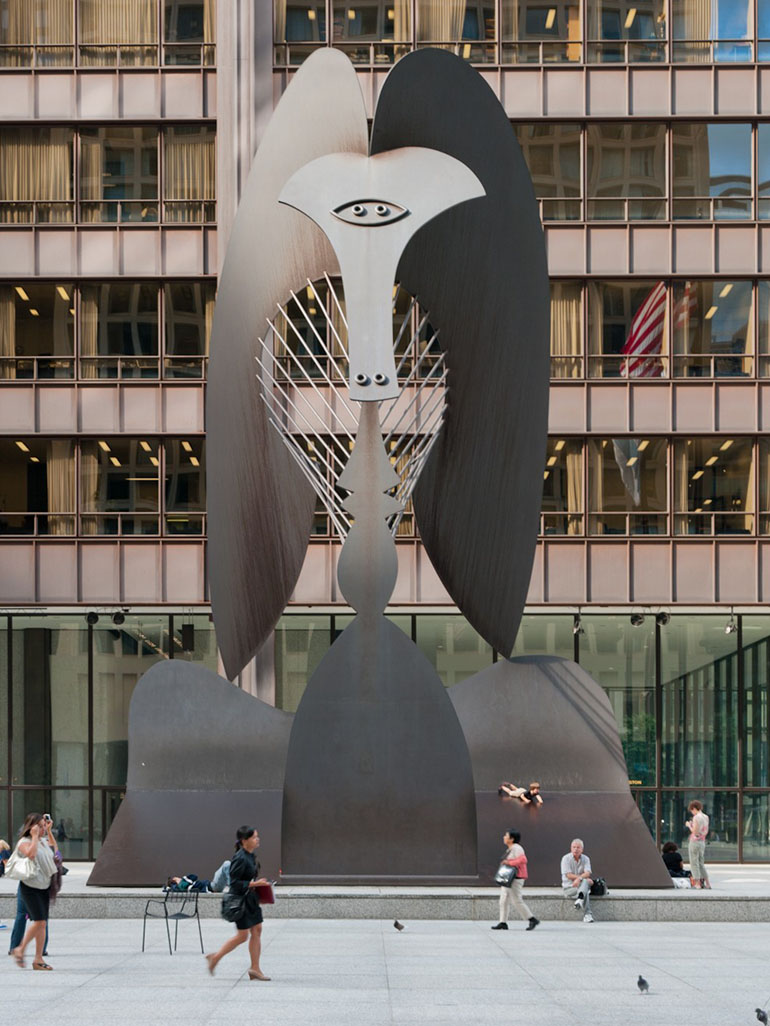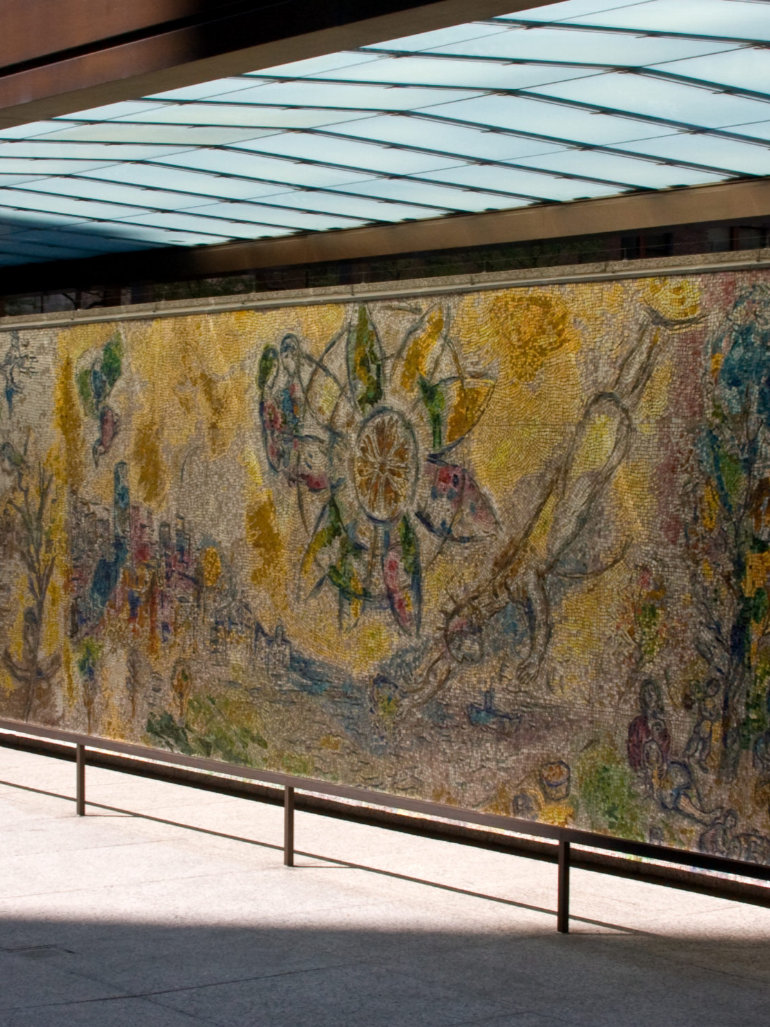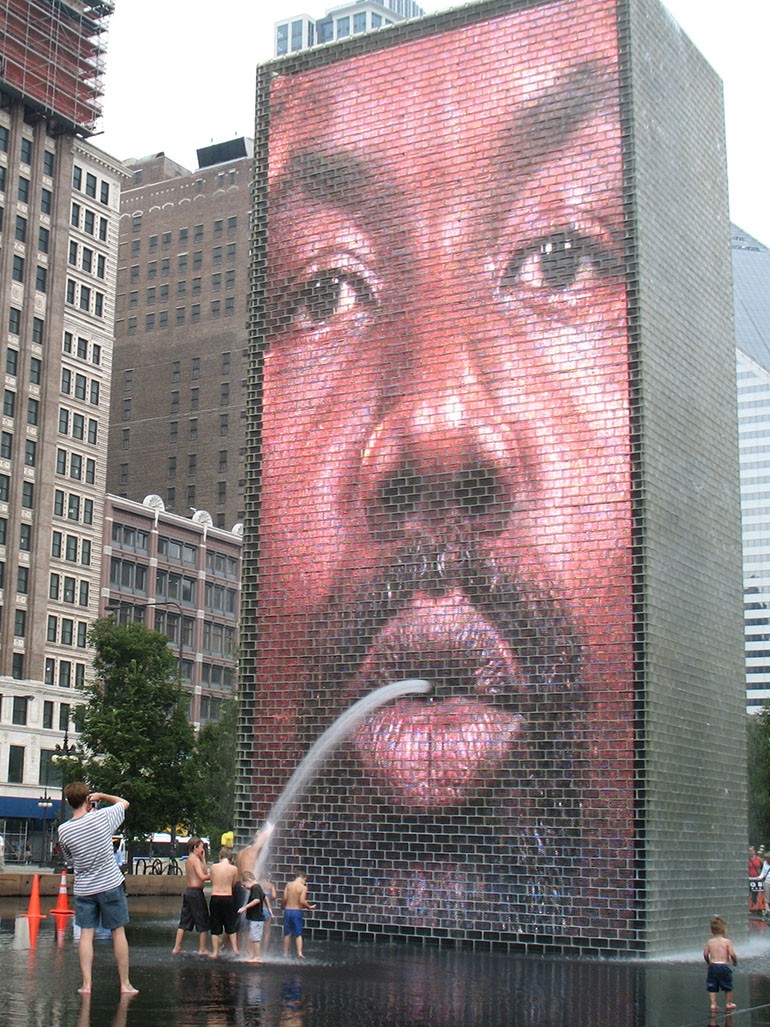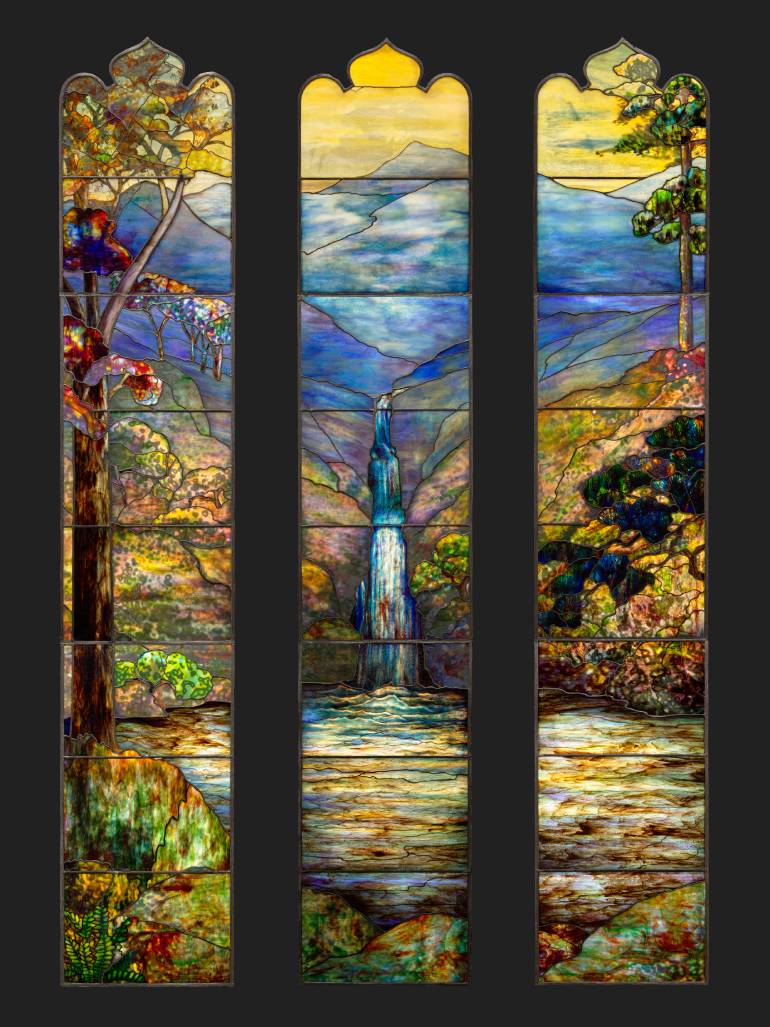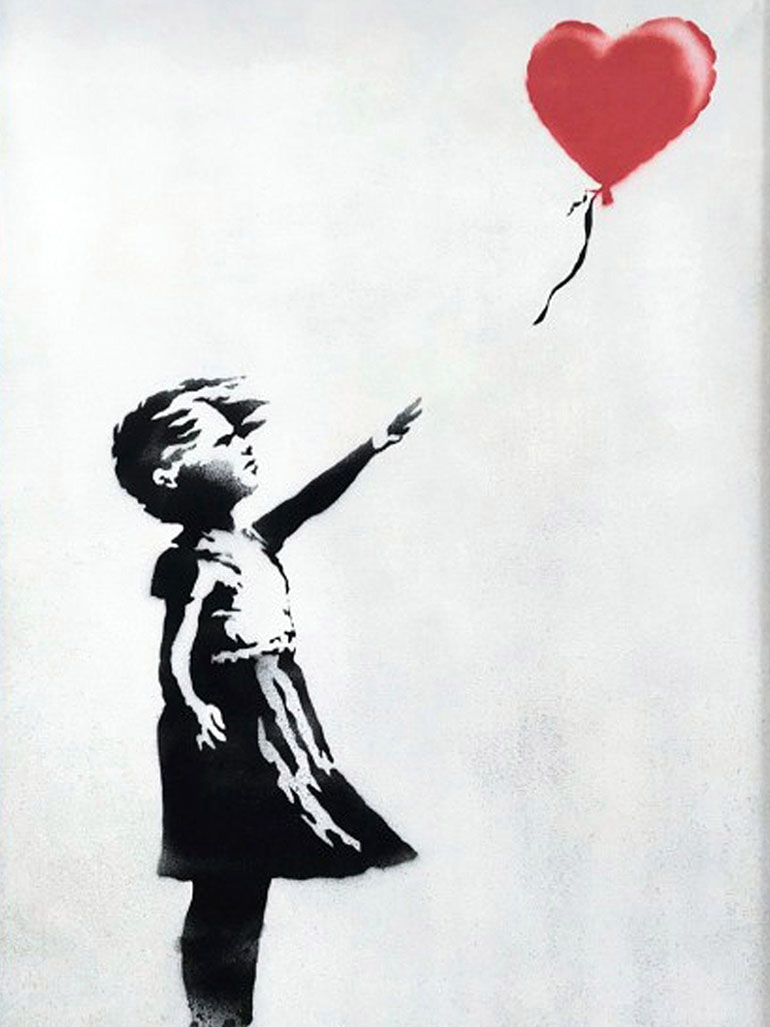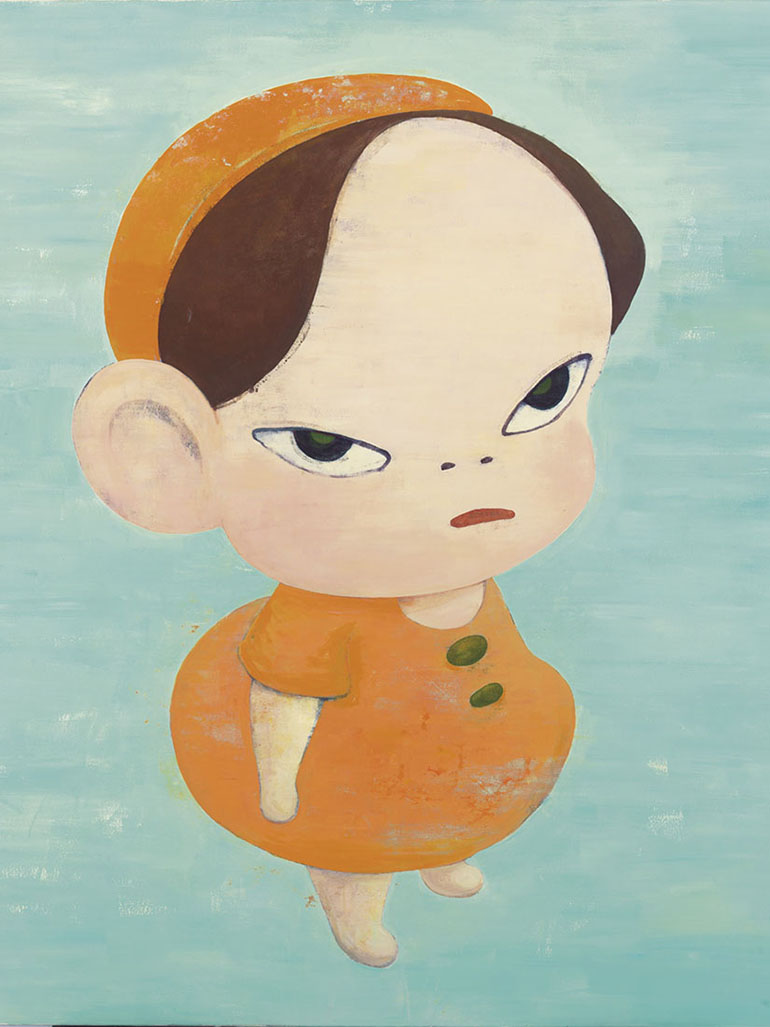
Introduction
Crying Girl is a painting by Roy Lichtenstein 1 that was created first in 1963 as an offset lithograph on lightweight, off-white woven paper and a second version in 1964 as porcelain enamel on steel. The 46-square-inch painting depicts a girl with tears falling from her eyes.
The painting represents the female identity in the 1950s and 1960s eras, where women were fighting for equal rights, and the female identity was idealized and glamorized by girls feeling pressured to behave in a certain way or look a certain way. They also found themselves in relationships that were oppressive and limiting.
Lichtenstein hence explores the aspects of this female identity and shows the emotions that the lack of equality and feeling trapped affected women of that era.
Analysis
The Crying Girl looks stressed, as evidenced in her tears, sorrowful gaze and resigned stance, showing a theme of being trapped in the female identity, relegated to inferior roles and looked down on in society.
The painting also highlights the struggle beneath the glamour of an American girl of the 1960s. While she has a beautiful appearance, beneath that exterior lurks miserable emotions that are a sign of her struggle in the male-dominated society at the time that demanded perfection from girls. The stressed look and tears are an outlet for this struggle and misery.
Description of both artworks
Like other Lichtenstein paintings, Crying Girl employs bright, strident colors and emotions. In this case, the girl has bright yellow hair, and her lips and nails are painted a bright red. On the other hand, she is experiencing overwhelming emotion, as evidenced by the tears that fall from her lower eyelid. This representation aptly captures the trapped feeling that most women at the time felt fighting for equality.
While the first version was on hand-painted canvas, the second was enamel on steel with rigid black outlines and benday printing dots of the image itself, showing a more mechanical origin emphasizing the glamorized ideal American girl even in her sorrow.
Inspiration
In creating this impressive art piece, Lichtenstein was inspired by the comic strip Secret Hearts N.88 23, 1963, that revealed the relationships of that particular age in the 1950s. He, therefore, wanted to depict the struggle behind female identity and that behind perfection.
Location of the original work
Crying Girl was created as an invitation to Lichtenstein’s exhibition at the Leo Castelli Gallery in New York. One of these works of an edition of five was purchased in 1965 and is part of the permanent collection 45 of the Milwaukee Art Museum in Milwaukee, Wisconsin. It is currently on view (April 2019). Prints for sale are available on the secondary art market.
Video: Roy Lichtenstein – Diagram of an Artist
9 min 3 sec
The film shows archival footage of Lichtenstein at home and work in his studio and interviews with his wife Dorothy and friend Frederic Tuten to create an intimate portrait of the artist.
About the artist
Roy Lichtenstein was a pop art painter born in 1923 in New York City and died in 1997. Although his works were based on fictional characters, the message contained in them was deep and resounding. Works like Whaam, produced in 1963, revealed the tensions that existed during the post-war Cold War 6 period.
For this work, he used an image from the DC comic series in 1950. The composition’s dynamism and the images made it easy for the audience to decipher the meanings of his works. Lichtenstein derived his style from comic strips to portray endemic cultural trivialization in American life and used printing industry techniques, bright colors, and emotions in his impressive art pieces.
More by Roy Lichtenstein

